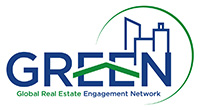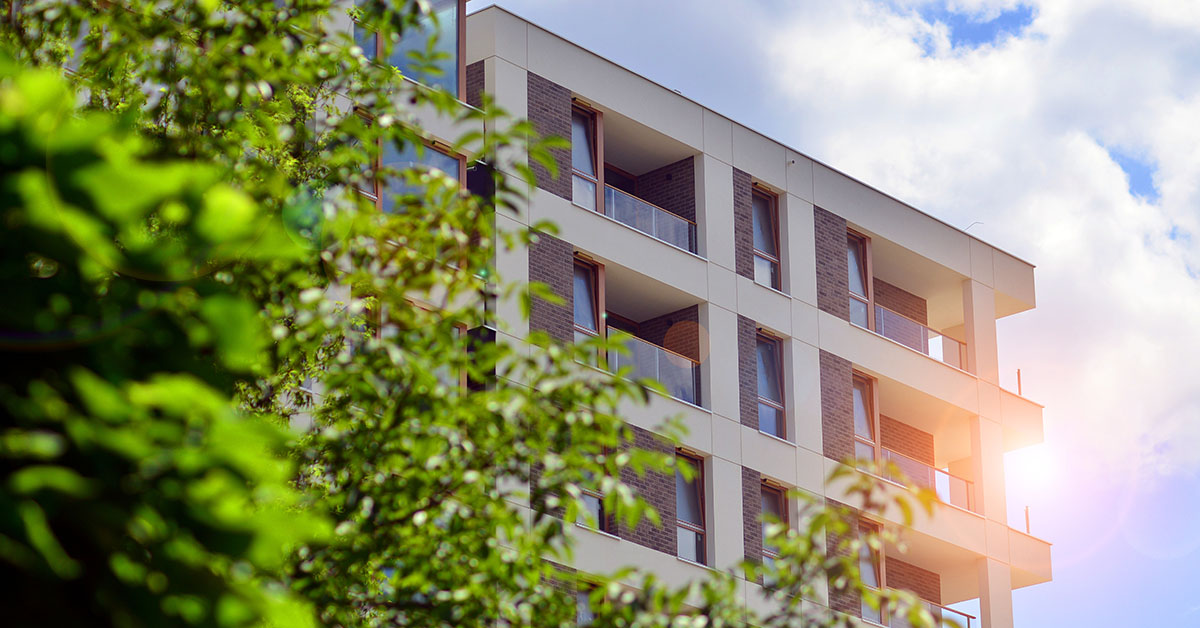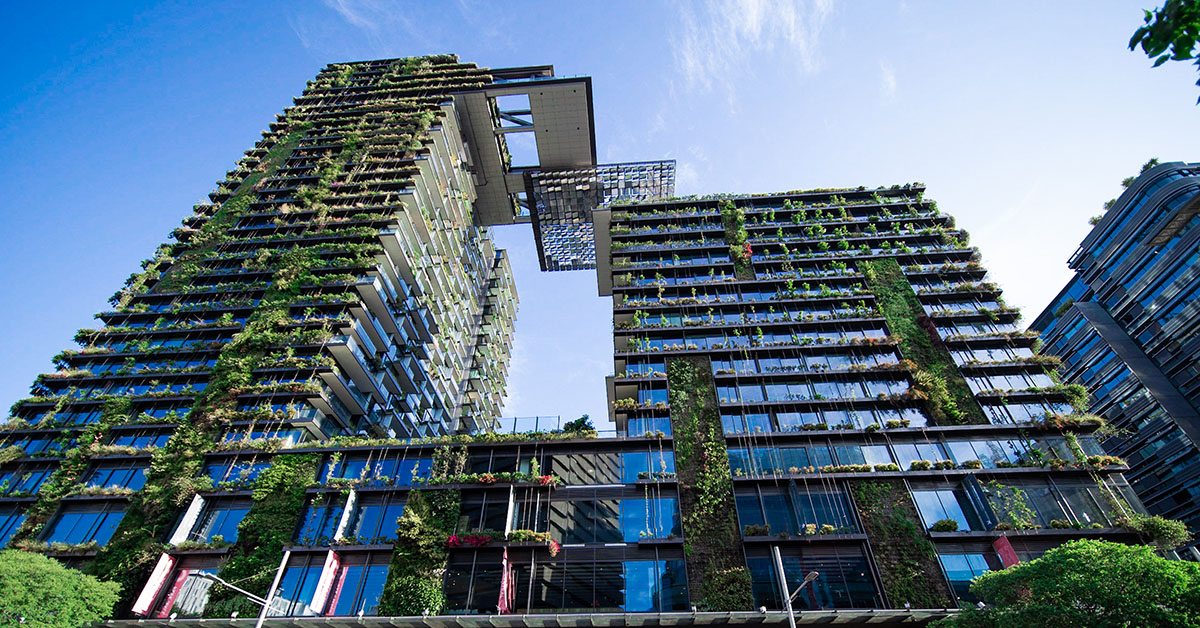Triple Net Leases: Why They Are Falling Behind in Climate Risk Management
The U.S. real estate sector is under growing pressure to adopt practices that mitigate the risks posed by climate change. However, one segment remains notably behind: triple net leases (NNN). NNN leases, a common real estate structure, have been among the least responsive to climate risks, leaving both landlords and tenants exposed to physical and transition-related challenges.
In this article, Dongxiao Niu, Post-doc Researcher at the School of Business and Economics, Maastricht University, discusses the nature of triple net leases, why enhancing climate risk management for such assets is challenging, and potential solutions for bridging the gap.
What Are Triple Net Leases?
Triple net leases (NNN) are commonly used in commercial real estate, shifting responsibility for property taxes, insurance, and maintenance to the tenant, in addition to rent obligations. For landlords, this arrangement offers a long-term, stable income stream—often lasting up to 20 years—without the burden of ongoing property expenses and daily operation. This structure is particularly attractive in sectors where tenants prioritize operational autonomy, such as retail (fast-food chains, banks, drugstores), industrial (warehouses, logistics), and office spaces. However, it complicates climate-related investments. The extended lease terms lock in conditions for years, limiting the landlord’s ability to make property upgrades or implement sustainability measures.
While tenants gain control over day-to-day expenses and property management, landlords face challenges in responding to new environmental regulations or opportunities. Despite the low-risk, hands-off nature of NNN investments, landlords have limited control and incentive to invest in long-term climate resilience measures, such as energy-efficient retrofits, flood-proofing, or sustainable infrastructure improvements. On the other hand, tenants may hesitate to invest in properties they do not own, especially if they are not planning to stay long enough to benefit from the payback period of energy-efficient upgrades. This creates a stalemate, sidelining climate risk management as environmental threats continue to grow.
The Climate Risk Management Gap: What are the stakes?
Why does this inertia matter? Firstly, the structure of NNN leases complicates the critical task of data collection, which is increasingly necessary for effective climate risk management. In typical lease agreements, tenants are responsible for energy procurement and property maintenance, often leading to fragmented or incomplete data on energy consumption and carbon emissions. Because of incomplete data, it is harder for property owners to assess and address the climate risks associated with their assets.
Furthermore, the real estate industry is exposed to both physical and transitional climate risks. Properties in high-risk areas—vulnerable to floods, wildfires, and rising sea levels—are already experiencing depreciation and, in some cases, becoming uninsurable. While landlords may be able to assess these risks, their ability to act is often constrained by the terms of long-term NNN leases.
NNN landlords face two key challenges during the transition to a low-emission economy: increasing regulatory pressures, as carbon taxes and penalties target high energy users and emitters and the risk of stranded assets, as properties that fail to meet evolving building regulations become less attractive to tenants and investors.
Therefore, forward-thinking landlords who adopt sustainability measures stand to gain a competitive advantage, attracting premium tenants and safeguarding their assets from future devaluation. Growing evidence shows that tenants and investors are willing to pay a premium for energy-efficient, low-emission buildings (see our previous article: Green Buildings: Premium Valuations and Lending Discounts).
Bridging the Gap: Are green leases effective?
Green leases can offer a solution by allowing landlords and tenants to share the costs and benefits of sustainability initiatives under pre-agreed terms. However, their impact in less sustainability-advanced markets may remain limited. Green leases can be difficult to enforce, especially in sectors like retail, where smaller tenants (e.g., mom-and-pop shops) may lack the financial capacity or willingness to participate.
In practice, NNN green leases may function as little more than box-ticking exercises. Data on sustainability measures remains sparse, and there is little evidence that these leases lead to significant progress toward environmental performance targets. In NNN leases, tenants control utility data, making it difficult for landlords to report on energy usage and improve efficiency unless explicitly required by ESG regulations. In addition, managing large amounts of data—particularly hard data (e.g. paper bills) without real-time insights or digital support—poses additional challenges. Real-time meter data is crucial for optimizing energy use and complying with ESG standards (see this Aquicore article), but permission is not always granted due to privacy concerns.
For NNN leases, green leases for now seem to be more of a concept than a proven solution. Their lack of real-world effectiveness highlights the need for landlords and tenants to explore more practical and enforceable strategies for managing climate risks.
The Future of Triple Net Leases and Climate Risk
The real estate sector must confront the growing reality of climate change head-on. The limitations of NNN leases—combined with the limited effectiveness from green leases—mean landlords and tenants must look for alternative solutions.
Landlords will need to explore more practical ways, such as integrating climate risk into valuation models and working closely with tenants to create sustainability incentives beyond current leasing frameworks. There has been U.S. real estate industry players working with CRREM (Carbon Risk Real Estate Monitor) to develop U.S. pathways that help real estate owners and investors assess and manage the risk of their assets becoming “stranded” due to non-compliance with future carbon reduction regulations. In addition, incentives such as landlord financing or lending for efficiency upgrades have also been explored. As future tenants increasingly prioritise energy efficiency and sustainability due to growing environmental concerns and regulations, properties that have not been updated may lose their appeal.
As more governments implement carbon taxes or stricter regulations around emissions, landlords might face financial liabilities if their properties are not energy efficient or do not meet carbon reduction standards. In a Triple Net lease, these costs could still fall back on the landlord indirectly, particularly if future regulations shift more responsibility to property owners or if tenants are unwilling to lease buildings that do not meet sustainability standards. In markets where regulatory frameworks are tightening, such as New York (LL97) and California (CalGreen), those who act proactively will protect their assets and position themselves as leaders in a rapidly changing industry.
Call upon other investors to collaborate to achieve real-world impact
GREEN is a not-for-profit collaborative engagement initiative for institutional investors, focusing on reducing climate risk in the real estate industry. GREEN members acknowledge the importance of collaboration to initiate change and maximize impact. We, therefore, call upon other institutional investors to join GREEN and work together towards a Paris-aligned real estate sector. Check the investor statement for more information.
Disclaimer
The views presented in this article reflect the views of the GREEN Secretariat but do not necessarily represent those of the individual GREEN members.






